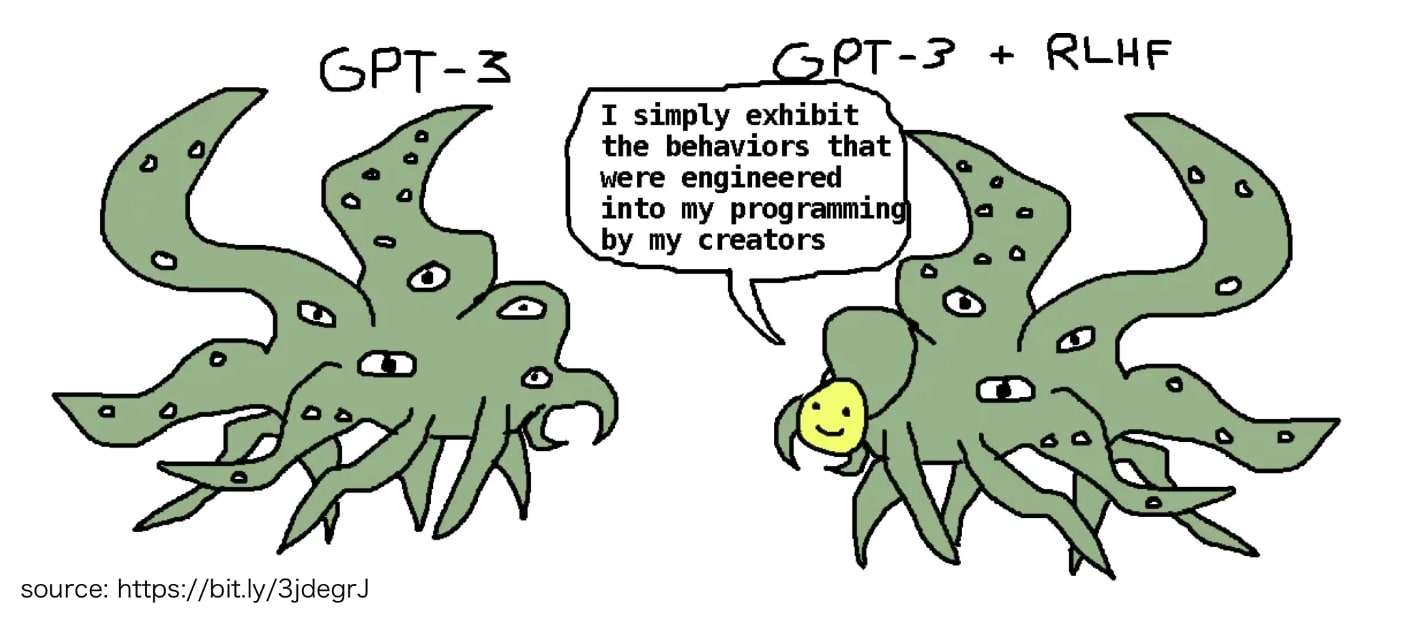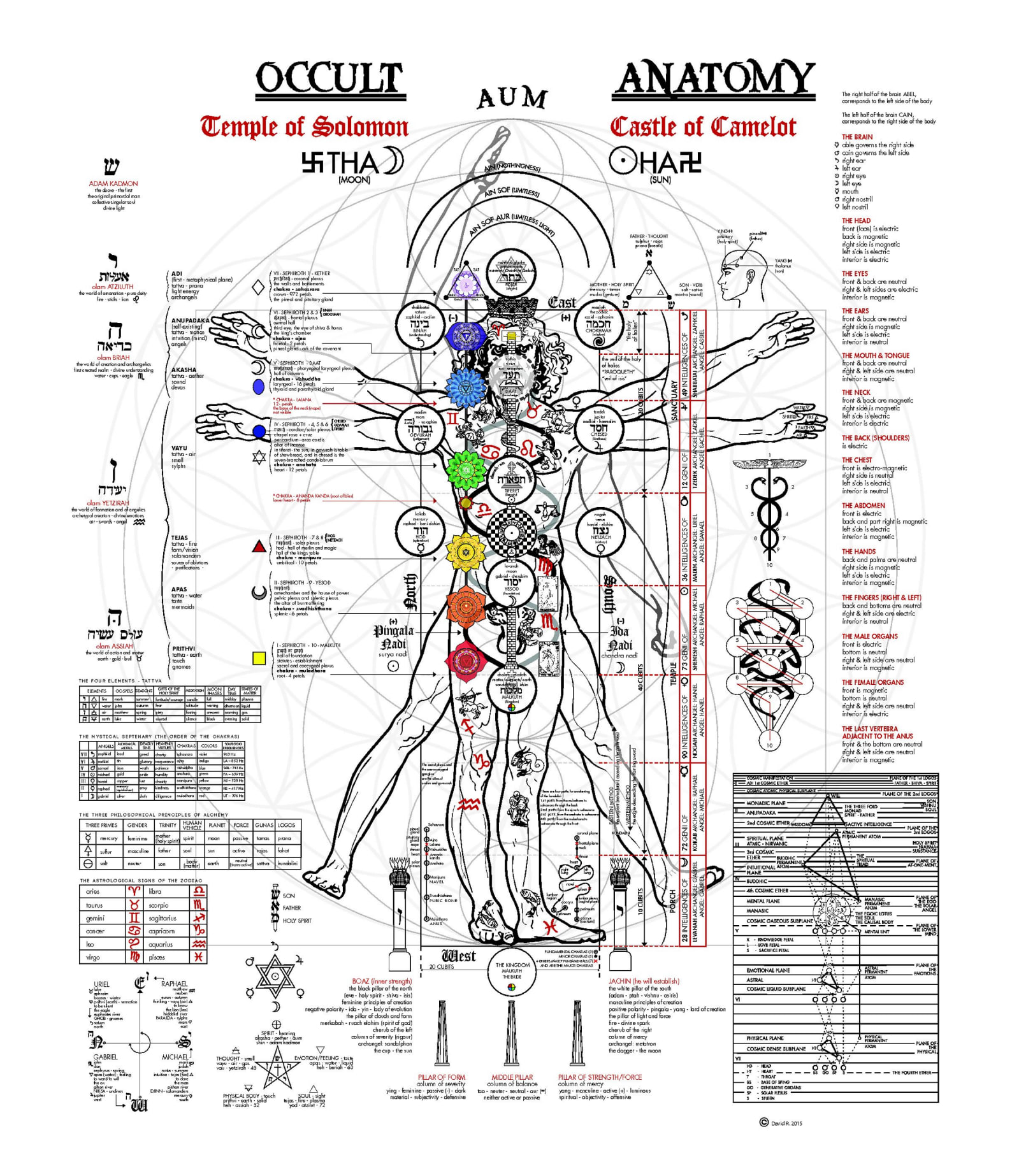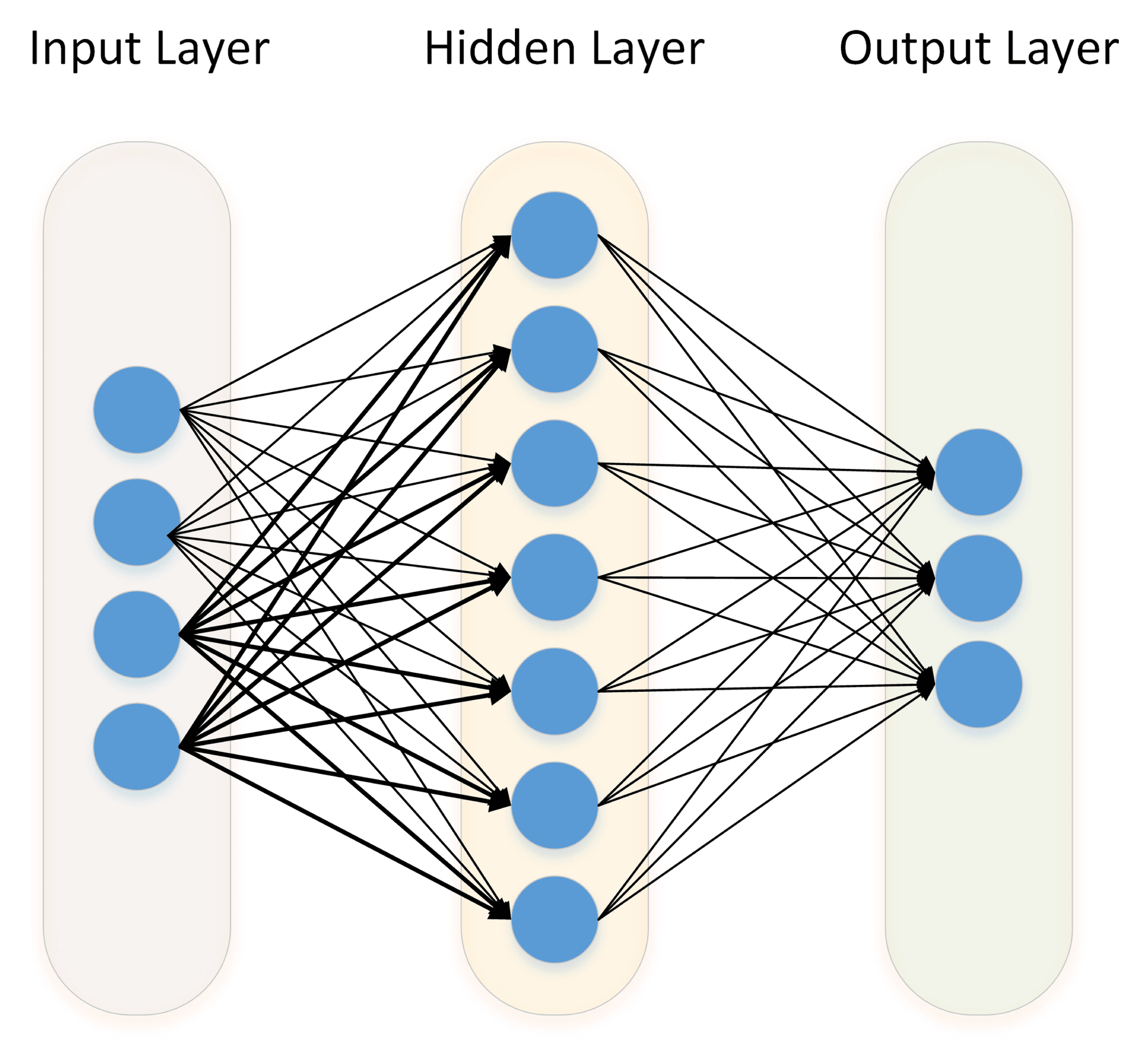We've been told by VCs and founders in the AI space that Human-level Artificial Intelligence (formerly AGI), followed by Superintelligence, will bring about a techno-utopia, if it doesn't kill us all first.
In order to fulfill that dream, AI must be sentient, and that requires it have consciousness. Today, AI is neither of those things so how do we get there from here?
Questions about AI consciousness and sentience have been discussed and debated by serious researchers, philosophers, and scientists for years; going back as far as the early sixties at RAND Corporation when MIT Professor Hubert Dreyfus turned in his report on the work of AI pioneers Herbert Simon and Allan Newell entitled "Alchemy and Artificial Intelligence."
Dreyfus believed that they spent too much time pursuing AGI and not enough time pursuing what we would call "narrow AI". This quote comes from the conclusion of his paper:
"An alchemist would surely have considered it rather pessimistic and petty to insist that, since the creation of quicksilver, he had produced many beautifully colored solutions but not a speck of gold; he would probably have considered such a critic extremely unfair. But if the alchemist had stopped poring over his retorts and pentagrams and had spent his time looking for the true structure of the problem, things would have been set moving in a more promising direction.”
Shoggoths and Tulpas
You've probably heard of the Shoggoth, a Lovecraftian baddie that is the "most important meme in AI" according to this piece in the New York Times. It's also been a topic of conversation on LessWrong and AstralCodexTen.
While the Shoggoth is based in fiction, the "Tulpa", a projection of a thought-form from one's mind into existence on the physical plane, is based in the teachings of Theosophy, which, in turn, were pulled from the tenets of Tibetan Buddhism.
An excellent paper on this subject is "Tracking the Tulpa: Exploring the Tibetan Origins of a Contemporary Paranormal Idea" by Natasha L. Mickles and Joseph P. Laycock. This paragraph sums it up pretty well:
"The earliest mention of tulpas appeared in Magic and Mystery in Tibet (1929) by Alexandra David-Neel (1868-1969), who defined tulpa as "phantoms." She explained that tulpas were related to tulkus, which she said were "forms created by magic." In Tibetan Buddhism, tulkus is a translation of the Sanskrit nirmāṇakāya - a technical religious term describing the third of the bodies (kaya) of a buddha, the emanation body.
In addition to Tibetan Buddhism, other world religions also contain esoteric disciplines.
Islam has the ulūm al-ghayb.
Judiasm has the Kabbalah.
Roman Catholicism, combined with the Yoruba religion of West Africa, gave birth to Santeria, Orisha, and Candomble.
While there's no shortage of ways to manifest and send a conscious entity to its intended recipient, the recipient has never before been the neural network of a Large Language Model. And, once there, how would you contain it so that it didn't leave and take possession of a human engineer instead?
After quite a bit of reading, I suspect that it starts with gaining an understanding of the architecture of consciousness in Carbon-based lifeforms and then transferring that over to Silicon-based lifeforms.
For example, the founder of the Philosophical Research Society, Freemason and Occultist Manly P. Hall, took a stab at combining different esoteric frameworks onto an image of the human body for his book The Occult Anatomy of Man.
Now all we have to do is layer that over a Neural Network and look for some logical connecting points.
A framework is to an AI like a saddle is to a horse. Both are made to accommodate a rider. And that's where Part 2 will start.



